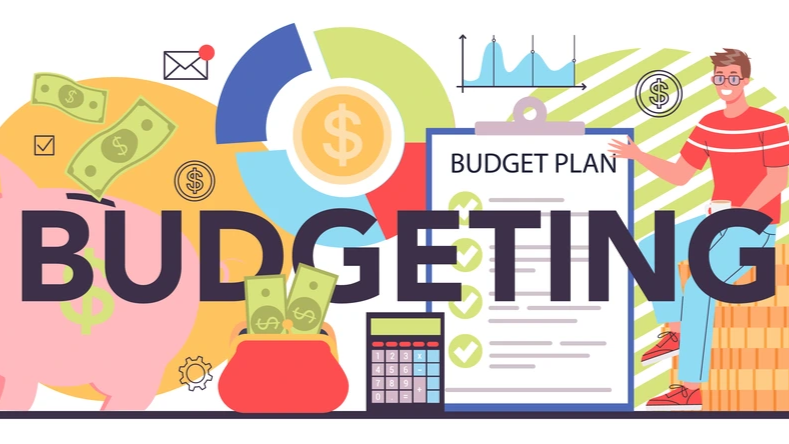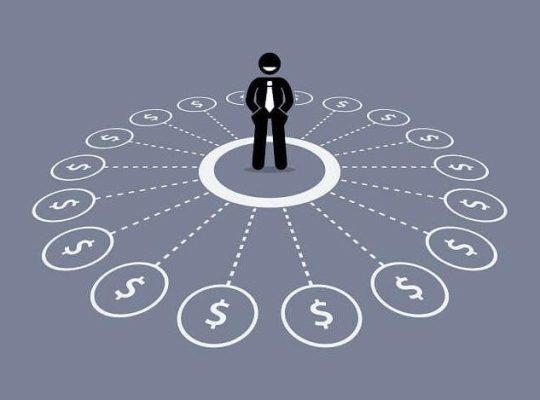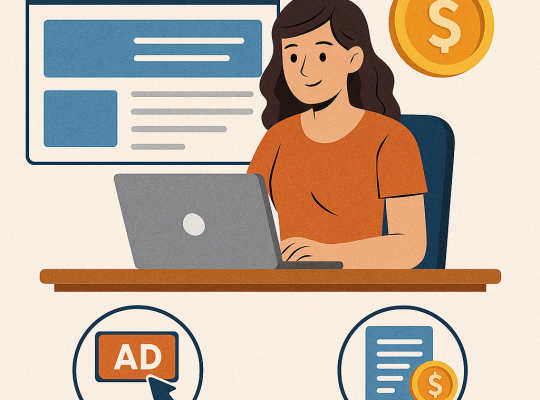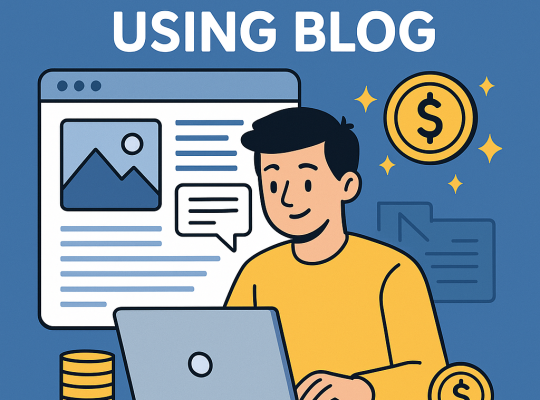In a world where financial stability is essential, yet often elusive, budgeting stands out as one of the most powerful tools anyone can use to take control of their money. Whether you’re earning your first paycheck, trying to get out of debt, saving for something big, or planning for retirement — a solid budget is your best friend.
But what is budgeting, really? Why does it matter so much? And how can you create a budget that actually works?
Let’s break it all down. This guide covers the essential budgeting basics everyone should learn — no jargon, no stress — just practical, real-life advice.
What Is Budgeting?
At its core, budgeting is a spending plan. It’s a way to track your income and expenses so you know:
-
How much money you have
-
Where it’s going
-
And how to make it work better for you
A good budget helps you:
-
Avoid overspending
-
Pay off debt
-
Build savings
-
Reach your financial goals faster
Think of a budget as a blueprint for your financial life — it shows you how to build, maintain, and grow your financial house.
Why Budgeting Matters More Than You Think
Here’s what budgeting can do for you:
Gives You Financial Clarity
No more wondering where your money went. With a budget, you’ll see exactly what comes in and what goes out.
Helps You Make Confident Decisions
From buying groceries to booking a vacation, a budget lets you spend with purpose, not panic.
Prepares You for Emergencies
Life is full of surprises — a car breakdown, medical bills, or job loss. A budget helps you plan for the unexpected.
Supports Your Dreams
Whether you want to start a business, buy a house, or travel the world — it all starts with budgeting.
Step 1: Know Your Numbers (Track Income and Expenses)
Before you can build a budget, you need to know your financial reality.
1. Know Your Income
Calculate your monthly net income (the amount you take home after taxes and deductions). Include:
-
Salary or wages
-
Freelance or side hustle income
-
Passive income (dividends, rent, etc.)
-
Any other sources
Tip: Use your average monthly income if it varies.
2. Track Your Expenses
Start by listing all your monthly expenses, such as:
-
Rent or mortgage
-
Utilities
-
Transportation
-
Food and groceries
-
Insurance
-
Subscriptions (Netflix, Spotify, etc.)
-
Entertainment
-
Savings & debt payments
Use apps, spreadsheets, or pen-and-paper — whatever helps you stay consistent.
Step 2: Categorize Your Spending
Once you’ve tracked your expenses, group them into categories to see where your money goes.
Fixed Expenses
These are the same every month (e.g. rent, loan payments).
Variable Expenses
These can change month to month (e.g. groceries, gas, dining out).
Discretionary Spending
Wants, not needs — like entertainment, shopping, or hobbies.
When you see everything clearly, you’ll notice patterns. You might be surprised how much is spent on takeout or unused subscriptions!
Step 3: Choose a Budgeting Method
There’s no one-size-fits-all budget. Choose a style that matches your lifestyle:
1. 50/30/20 Rule
-
50% of income to needs (housing, food, bills)
-
30% to wants (fun, dining, non-essentials)
-
20% to savings and debt (emergency fund, loan repayment)
Great for beginners who want a simple formula.
2. Zero-Based Budget
Every dollar gets a job. Income – Expenses = 0.
You assign every single dollar to something — including savings and goals.
Perfect for those who want full control and detail.
3. Envelope System (Cash Method)
Assign a specific amount of cash to envelopes (e.g. groceries, fuel, dining out). When the envelope’s empty, you stop spending in that category.
Works best for people who struggle with card or impulse spending.
4. Digital Budgeting Apps
Apps like Mint, YNAB (You Need a Budget), and EveryDollar help you automate and track your budget effortlessly.
Step 4: Set Realistic Financial Goals
Budgeting isn’t just about tracking — it’s about progress. Give your money a mission.
Ask Yourself:
-
What do I want to achieve in 6 months? 1 year? 5 years?
-
Am I saving for an emergency fund, a car, a wedding, or retirement?
-
Do I want to get out of debt faster?
Set SMART goals: Specific, Measurable, Achievable, Relevant, Time-bound.
Example:
Save ₦500,000 for a laptop in 6 months (₦83,000 per month).
Step 5: Build Your Emergency Fund
Life throws curveballs — that’s why you need an emergency fund. Start small if needed, but start now.
Ideal Amount:
-
1 to 3 months of expenses if you’re just starting
-
3 to 6 months of expenses for stability
Keep it separate from your everyday spending account (ideally in a savings account).
Step 6: Pay Off Debt (The Smart Way)
Debt can eat your budget alive — so prioritize paying it down.
Two Popular Methods:
Debt Avalanche
Pay off debts with the highest interest rate first (saves more money in the long run).
Debt Snowball
Pay off smallest debts first (for motivation and momentum).
Choose whichever keeps you going — consistency is key!
Step 7: Make Budgeting a Habit
Your first budget may not be perfect — and that’s okay. The key is to review and adjust regularly.
Monthly Budget Check-in:
-
Compare actual spending to your budget
-
Adjust categories if needed
-
Celebrate wins (like sticking to your grocery budget!)
Budgeting isn’t “set it and forget it.” It’s a flexible, living system that changes as your life does.
Common Budgeting Mistakes to Avoid
🚫 Setting unrealistic spending limits
🚫 Forgetting irregular expenses (like birthdays, car servicing)
🚫 Not accounting for fun or self-care
🚫 Treating budgeting as a punishment
🚫 Giving up after one bad month
How to Stick to Your Budget
✅ Set clear and exciting goals
✅ Use reminders and calendar alerts
✅ Cut temptation (unsubscribe from promo emails!)
✅ Find accountability (a friend, partner, or app)
✅ Reward yourself — within reason
Budgeting isn’t about saying “no” to everything — it’s about saying “yes” to what matters most.
Final Thoughts: Budgeting = Freedom, Not Restriction
Here’s the truth: budgeting isn’t about depriving yourself. It’s about freedom — freedom from stress, from living paycheck to paycheck, from uncertainty.
When you budget wisely, you’re telling your money where to go instead of wondering where it went. You’re in charge, and that confidence spills into every area of your life.
So whether you’re starting fresh or fine-tuning your finances, now’s the perfect time to build a budget that supports your goals and your future.
Because the basics of budgeting aren’t just for accountants or finance nerds — they’re for everyone who wants to thrive.
Quick Summary Checklist:
-
✅ Track your income and expenses
-
✅ Pick a budgeting method that fits you
-
✅ Categorize your spending
-
✅ Set short and long-term goals
-
✅ Build your emergency fund
-
✅ Pay off debt
-
✅ Review and adjust monthly
Need help getting started? Let me know and I can help you create a simple budget template tailored to your lifestyle.







